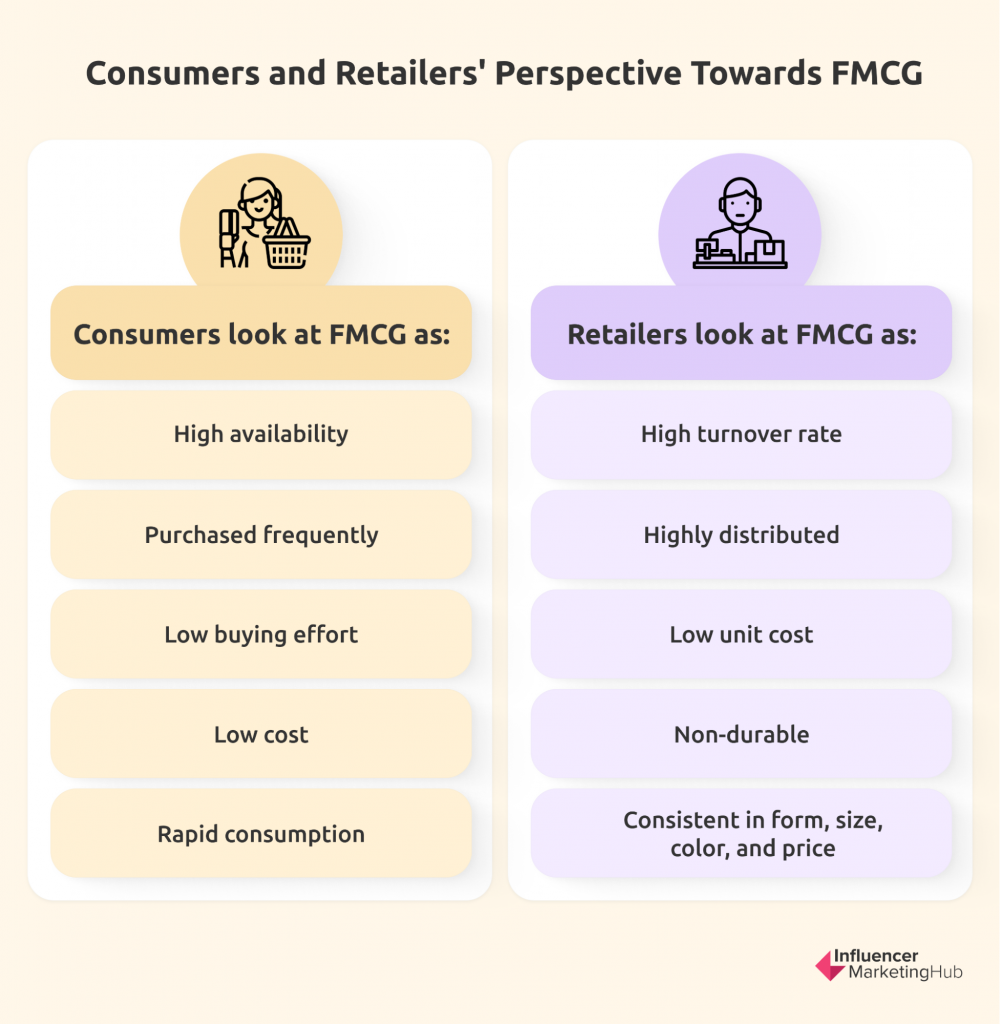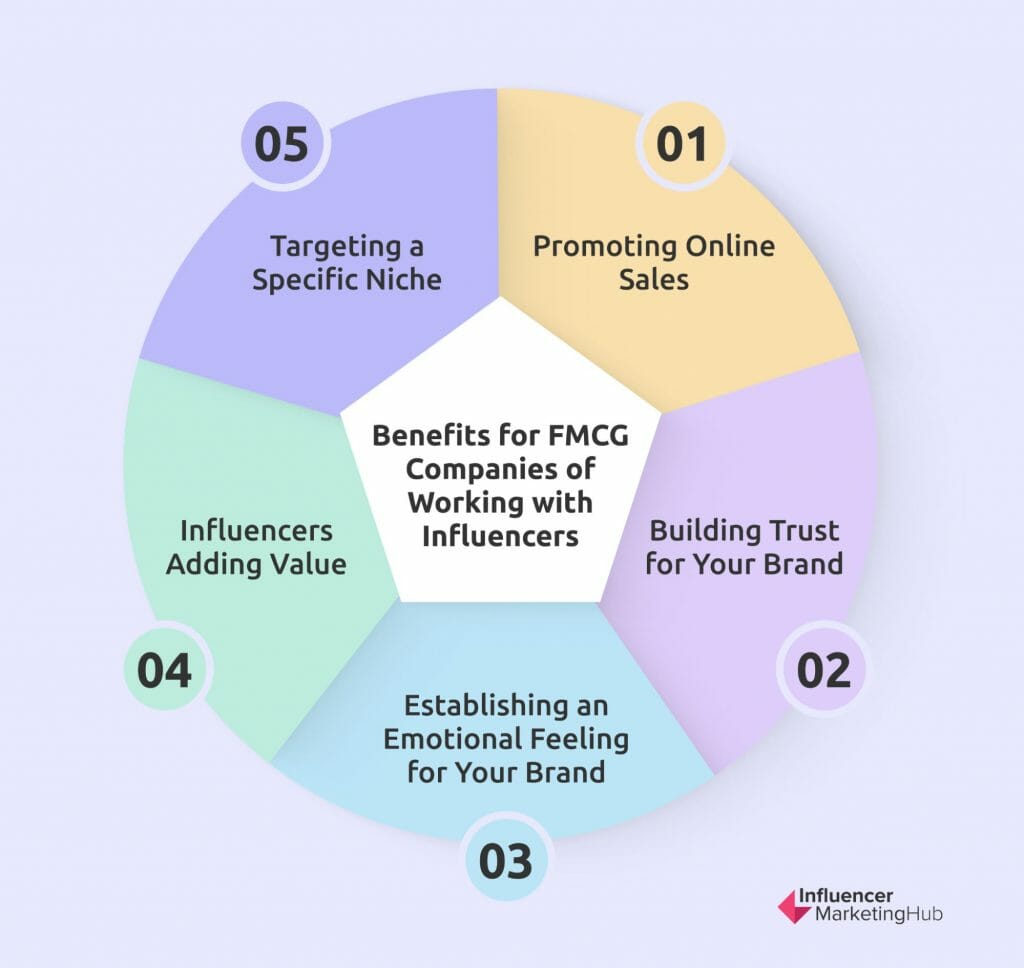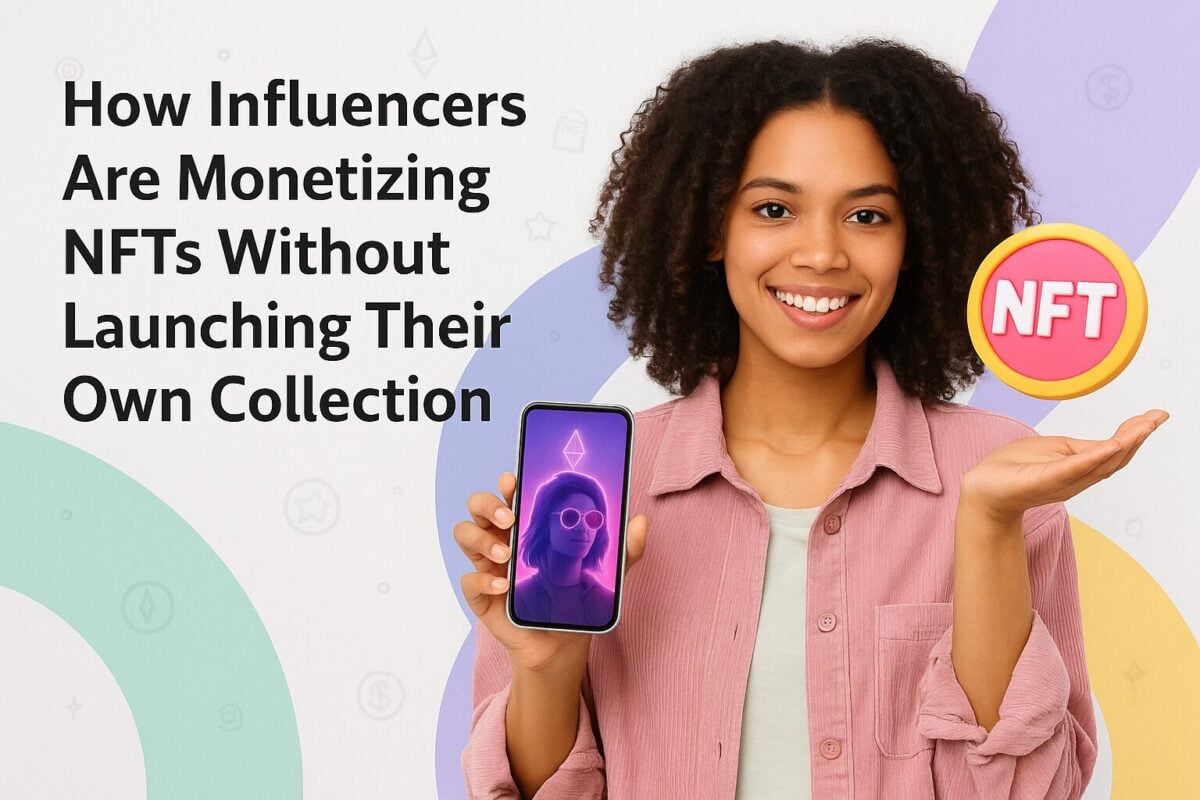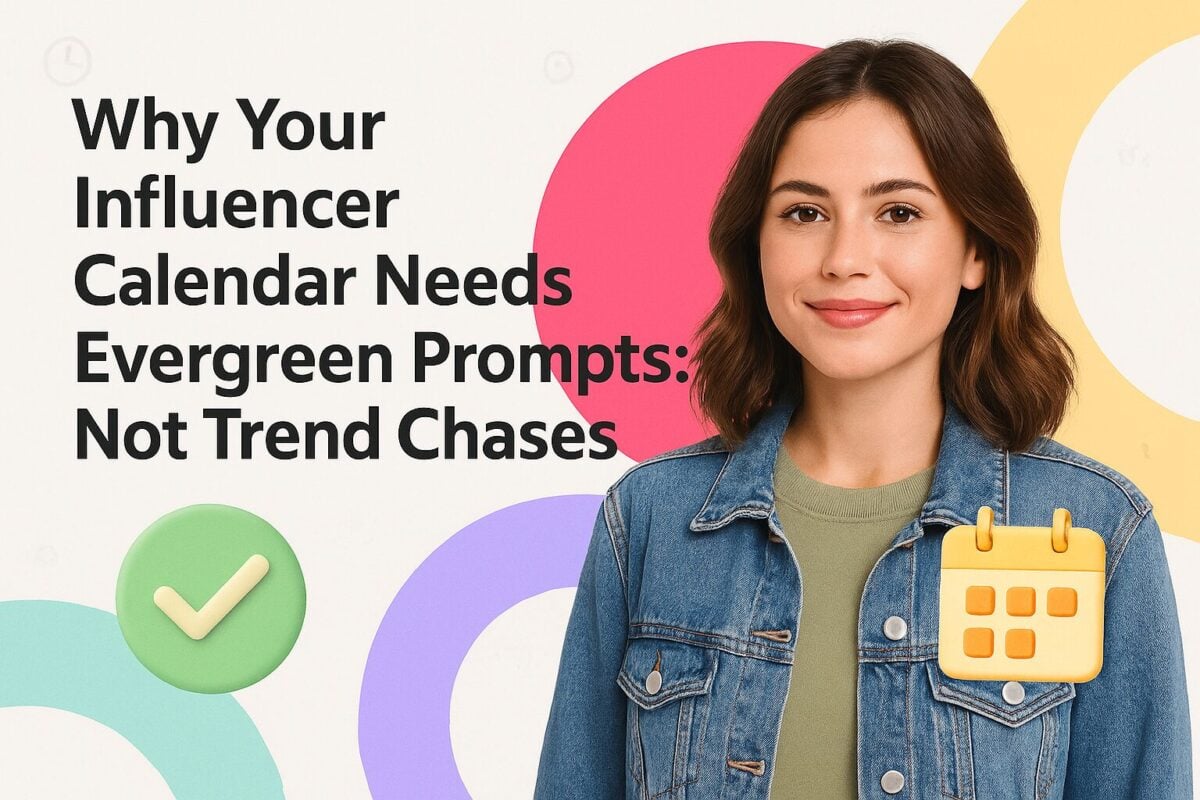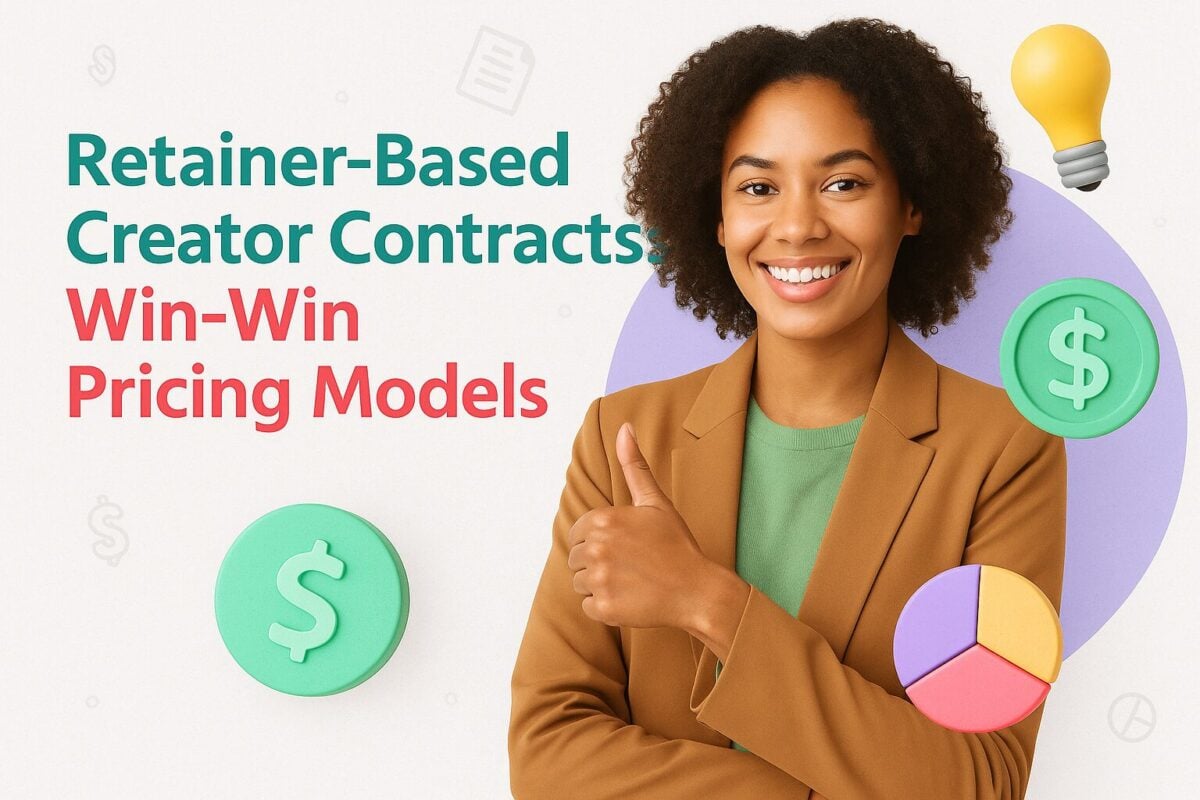Fast-moving consumer goods (FCMG) go hand in hand with influencer marketing. Influencer Marketing marketplace, Zefmo, found that the FMCG category was the highest spender on influencer marketing in 2021, increasing their spending by more than 62%, compared to an average of 40% across all sectors. Traditionally high-spend categories such as fashion, luxury, auto, beauty, and cosmetics performed poorly in comparison, with people reprioritizing their spending in the Covid era.
FMCG and Influencer Marketing Make a Power Couple:
What are Fast-Moving Consumer Goods (FMCG)?
Fast-moving consumer goods (FMCG) are high-demand products that sell quickly and are affordable for most people. They are the products that quickly leave the supermarket shelves every day.
According to Feedough, there are four key requirements for FMCG. They are:
- Designed for frequent use
- Consumed quickly
- Have high demand
- Low cost
Common fast-moving consumer goods include packaged food, toiletries, stationery, cleaning materials, laundry products, personal care products, alcohol, and cheap consumer electronics like mobile phones. Some FMCG will be perishable, e.g., milk, bread, fruit, and vegetables, possibly only lasting a few days. Many of the products in short supply in supermarkets during Covid lockdowns were FMCG, with consumers going into panic mode, stockpiling items in case they ran out.
Some of the best-known companies in the world make FMCG, including Nestlé, PepsiCo, and Coca-Cola, along with lesser known (to the general public) conglomerates that produce high-profile brands, like Procter & Gamble (P&G), Unilever, and AB InBev.
Why Would FMCG Companies Work with Influencers?
You might wonder why FMCG companies would bother to work with influencers. Don't people buy these products anyway?
While it is true that the demand for many FMCG products is inelastic (i.e., people don't change their demand for these products much when prices change), brands now often work with influencers to change how people shop. In particular, many brands partner with influencers to encourage their followers to purchase FMCG products online nowadays rather than in-store.
Influencer marketing grew out of sponsorship marketing, which has been around for many years. Michael Jordan may be best known for his Nike ads, but he also worked with Coca-Cola in the 1980s before moving to promote Gatorade in the 1990s. Boxer, George Foreman, is arguably better known for promoting the George Foreman Grill nowadays than he is for his boxing career. And who can name the original name for the George Foreman Grill – the "The Fajita Express"? It has become intrinsically connected to its famous promoter.
Popular content creators offer an ideal opportunity for sellers of everyday products like food, drinks, and takeaways to connect with typical users of these products, directing them to their online platforms.
One example we highlighted in our article about TikTok Influencer Marketing Case Studies To Inspire You involved F'real, who worked with the HaueterFamily influencer account run by Kara Haueter. Haueter shared a video humorously promoting a F'real milkshake. The video did not refer to the benefits of the F'real product but instead used the product in a way that would stick in the audience's mind.
Similarly, TROPICO (a juice drink) created an influencer marketing campaign on Instagram and TikTok to promote the beverage. The company aimed to improve its social media visibility on both platforms. They made a point of selecting young influencers sharing a diverse set of backgrounds, personalities, and styles.
Remember That FMCG Consumers Are Human
It's easy for brands to forget that their customers don't always make decisions rationally based on facts and research. This is particularly so for fast-moving consumer goods. The financial stakes aren't usually high here, and people aren't likely to devote much time to selecting the best products to buy. Instead, they are more likely to make impulse decisions, regardless of whether they deliver the best outcomes.
Purchasing decisions of FMCG are often affected by emotions. Think how often you've walked into a convenience store on a hot day, spotted a freezer full of ice creams, and decided you must buy one. Or perhaps you've pulled into the McDonalds Drive-Thru, noticed the latest special offer, and decided to order it, even though you had no intention of doing so before your arrival.
Social media and influencers can strongly affect people's emotions. After all, that is the primary purpose of influencer marketing, to encourage the influencers' followers to feel like trying out a new product. And as fast-moving consumer goods are generally relatively cheap, people consider taking an influencer's recommendation low risk. So, if they ultimately don't like the product, they haven't lost much.
Benefits for FMCG Companies of Working with Influencers
1. Promoting Online Sales
There has been a steady movement towards increased online sales over the last decade. However, online sales skyrocketed after the arrival of Covid, with people being reluctant (and during lockdowns actively discouraged) to shop in person. Many people preferred to stay at home to contain the spread of the virus, so digital channels became a common alternative to crowded stores and in-person shopping.
In 2014, global retail eCommerce sales totaled $1,336 billion. This had doubled to $2.982 billion by 2018. By 2022, this has nearly doubled again to an estimated $5.542 million.
Clearly, FMCG brands have noticed this trend and recognized that to keep market share, they have had to adapt to the new shopping paradigm. Influencers have helped consumers follow this change, too.
Influencers can make content demonstrating the benefits to consumers of buying their products online.
Pizza Hut Delivery UK worked with influencers to establish the brand as the go-to pizza for gamers. They partnered with Kairos Media to develop a bespoke gaming and influencer marketing strategy, focusing on building strong community foundations.
2. Building Trust for Your Brand
As long as your influencer marketing doesn't come across as too staged or misjudged (e.g., Kendall Jenner's cringing Pepsi promotion), it can help increase trust in your brand. People see influencers they trust using or promoting the product and shift some of that trust onto the brand. Of course, this is just as valid for fast-moving consumer goods as for any other type of good or service.
In the past, consumers bought their fast-moving consumer goods at the local supermarket, convenience store, or some other local retailer. However, shopping habits have changed, and many consumers now look to the internet to do their shopping. This has dramatically increased the reach for many brands, as they can sell to places previously outside their territory. However, consumers are wary of risking their money online, particularly if they don't know a brand.
Influencers can help to break down this fear, endorsing the trustworthiness of the brands they work with. Influencers must know the brand they are promoting, however. This is potentially much easier for FMCG than some other products, as brands can easily give samples to influencers to try before they participate in a promotion. In addition, it's much easier for an influencer to ensure a drink they are promoting tastes pleasant, for example, than for them to know a future event will run successfully, for example, the horror story of the influencer-promoted Fyre Festival.
3. Establishing an Emotional Feeling for Your Brand
Once an influencer builds trust for your brand and some of their supporters are willing to purchase your product, they will hopefully start to create an emotional feeling toward your brand. Ideally, the influencer will trigger an interest in your product, and then these consumers will begin to buy your product out of habit and name recognition.
Indeed, in time the consumer may even associate your product with their favorite creator, and your brand may bring back happy memories of that creator's work to them.
If an influencer agrees to an alliance with a brand, that affects how their supporters view the brand. This can be particularly important when brands work with influencers known for having strong views. For example, if an influencer you partner with has a reputation for their environmental and green ideas, their followers will likely think more positively about your brand's green credentials. Assuming that you aren't just greenwashing (and the influencer will probably quickly see through you if you are), environmentally-aware followers will likely transfer their positive thoughts towards buying your products ahead of your competitors.
4. Influencers Adding Value
Influencers have the power to add value to the public's awareness of a brand's fast-moving consumer goods. As a consumer, you may think you know everything about the type of product you use every day. Still, influencers can make valuable content to highlight common perceptions and demonstrate better ways to use the product.
Also, by using influencers, brands can create a point of difference to an otherwise heterogeneous product. They can also use influencers to change people's perceptions of an everyday product. For example, the California Milk Processor Board wanted to transform the image of milk from being merely perceived as a healthy children's option into an adult performance beverage. To do this, they worked with credible celebrities, athletes, bloggers, nutritionists, and more to increase brand awareness. Before long, everyone was talking about, and mimicking, the famous "milk mustache."
5. Targeting a Specific Niche
While many FMCG have a relatively broad target market, influencer marketing helps them reach specific niches. All they need to do is to find a popular influencer who appeals to that particular market. These will often be micro- or even nano-influencers with comparatively small followings – but what they lack in quantity of followers, they make up for in the quality of their audience.
For example, a bakery may already sell millions of loaves of bread and pastry products every day. However, they may want to expand their product range to include gluten-free loaves, and by partnering with the right influencers, they can reach a gluten-intolerant audience who might otherwise miss the new product range. This campaign would be relatively cheap yet likely to reach more relevant people than a large-scale television campaign, for instance.
Battling Brand Perceptions
Considering how FMCG and influencer marketing can make a power couple, it is perhaps surprising that more brands don't better utilize that marketing medium. Maybe that's because many FMCG powerhouses, like P&G and Unilever, still stick to traditional marketing media, like television, for the bulk of their advertising. For example, P&G spent $11.5 billion on marketing in 2021, making it the world's largest advertiser. While they don't appear to have released a split of how this marketing spend was distributed, much of it will have been funneled to traditional media channels.
However, P&G is beginning to recognize opportunities for influencer marketing, and some of its divisions have even advertised for influencer marketing managers recently.
P&G partnered with TikTok influencer Charli D'Amelio in 2020, partly as a request from Ohio Governor Mike DeWine to help find a way to encourage young adults to stay at home during Covid-19. D'Amelio choreographed a dance that was the focal point of the initiative, dubbed #DistanceDance. The challenge went viral, much to the delight of both P&G and those fighting Covid-19.
@charlidamelio Stay home & do the #distancedance. Tag me & the hashtag in your video. P&G will donate to Feeding America & Matthew 25 for first 3M videos #PGPartner ♬ Big Up's (feat. Yung Nnelg) - Jordyn, Nic Da Kid
Brands Can Repurpose Influencer-Generated Content
Once an FMCG brand establishes a connection with an influencer, it may be able to repurpose some of their customer-centric content in other promotions. This is because influencers have already shown an ability to create high-quality content that people relate to and value. Often this content demonstrates how you can use the brand's products in a real-world setting and comes across as far more interesting and genuine than anything a slick advertising agency can produce for your brand.
Frequently Asked Questions
What is FMCG marketing strategy?
FMCG stands for fast-moving consumer goods. In this industry, products are meant to be sold quickly – and at low prices. That means FMCG results in low-prodit margins and high volumes of sales. Think of FMCG products as food, beverages, cleaning supplies, and personal care items, for example.
How can I promote FMCG?
Here are 5 innovative FMCG marketing strategies to use:
- User-centric content marketing
- Social media marketing
- Video marketing
- Influencer marketing
- Automated email marketing
Which brands are the best at influencer marketing?
Influencer marketing is all about collaborations between brands and influencers to promote products and services. The brands with the best influencer marketing campaigns include Dunkin- Donuts, Gymshark, Magnum, Chipotle, and Tinder.
What channels are most popular for influencer marketing?
Instagram is one of the most popular channels for influencer marketing. For millennials and Gen Z influencers, Instagram is highly visual and scrollable. Nearly 130 million users tap on shoppable posts each month.
